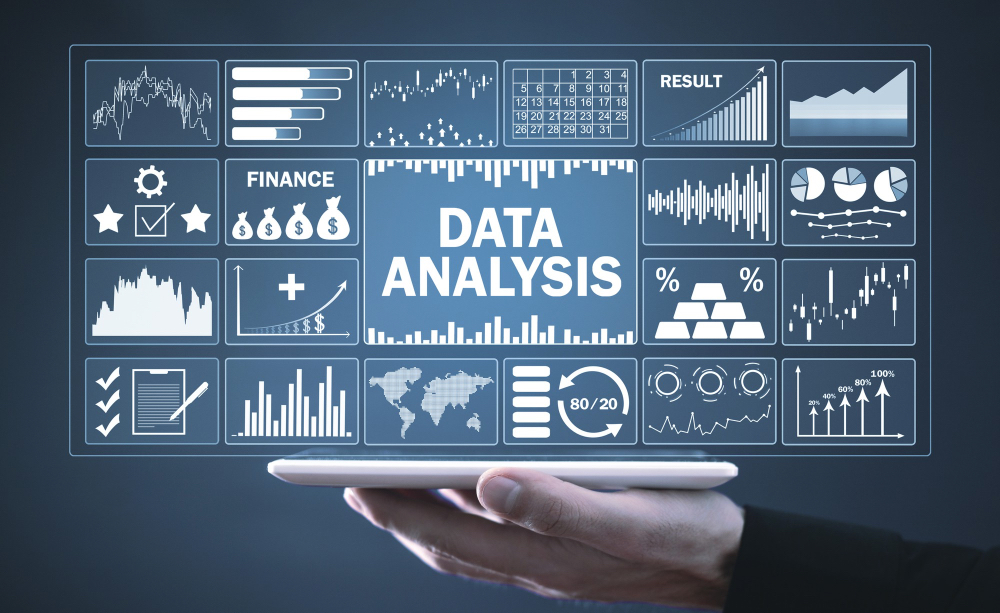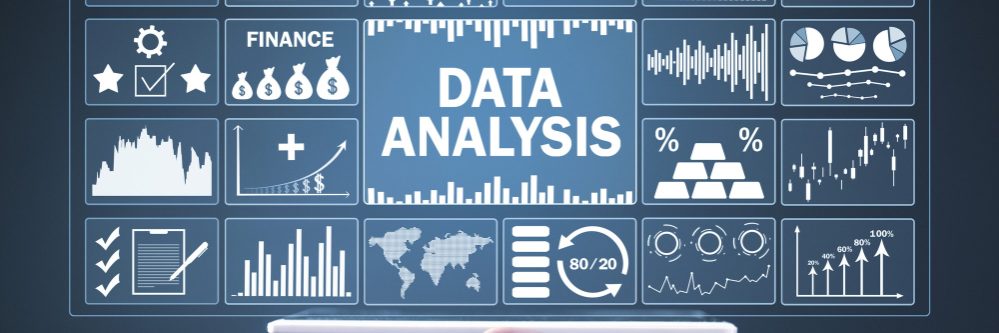Guide to Big Data Analytics
By Team Arrk |
|
4 mins read |

There is big talk about big data, but do you actually understand it and what it could do for your business? In this guide to big data analytics we take a closer look at the concept and explain how companies can integrate it with traditional data management to enjoy real benefits.
Big data: Definition
So just what is big data? Basically, it is information that comes from non-traditional sources but that could ultimately offer organisations huge insight into their customers, their business and their partners. It could range from social media and blogs to photographs and video footage. Just think for a moment about how many SMS messages and Facebook posts are made every minute: and you get the idea of the incredible scale and volume of big data.
Many analysts believe that information from big data could reshape the way companies do business: in ways they had never even thought of. For example, a company that has its own website could – using data such as pages viewed, ways of entering the site and comments made – gain new insights into their customers and use this information to make their business more appealing.
Are big data analytics right for your business?
Analysing data has always been an expensive process for organisations: however, there are platforms emerging that can make measuring big data a lot easier. For example, both the Hadoop open-source Apache product; and the Not Only SQL database make big data highly accessible without needing a significant upfront licensing cost.
If you’re wondering whether big data analytics is right for your business, then think about the potential return on investment.
There are many ways to earn a return on investment. It could be to improve what you’re already doing; to do more of what you’re already doing; or to find new methods that you had never previously thought about. Big data is meant to find these new solutions by converting previously incomprehensible data into actual recommendations.
So what are the benefits of big data analytics?
- Cost savings: Even though you will have to upgrade your software, the ability to analyse big data faster and more efficiently can lead to significant cost savings as well as potentially creating more opportunities to earn profits.
- Speed: Analysis that used to take months can now be done in minutes. Generally as data volume has increased many systems have been unable to handle these larger amounts of data and this had led to user frustration in how long these processes take. However, big data technologies will break through these boundaries and offer faster performance.
- Do more: With big data analytics you can handle more users, an increased number of queries and more data in general. Potentially, for example, instead of storing a year’s records, you could keep 30 years of records: with more detailed analysis and highly accurate results.
- Workload mix: With a big data system it is possible to handle a more complex workload mix. So instead of processing just a few queries, you could potentially handle several technical queries while identifying both upsell and cross-sell opportunities for each customer.
- New opportunities: Perhaps the biggest draw of big data is that it opens up new opportunities. When data has been analysed you can often discover a host of ways to use it. It brings data analysis together and in-house: while creating the chance to monitor customer behaviour across several channels simultaneously.
How can you create metrics for Big Data analytics?
If you’re creating an analytics programme then there are two main areas to focus on: how employees use the data that you provide; and performance indicators on where the analytics will be used.
The first stage is to track data and create metrics for the project you are working on. Think of employees like customers and analyse who is using the data, how and for what it is being used. Also remember that when data is used in a business process it is possible for companies to measure everything from sales figures to customer satisfaction and other metrics. Comparing numbers over the long term will help you analyse how successful your implementation of big data analytics has been.
Has big data analytics been successful?
While the sector of big data analytics is constantly evolving, there have already been areas in which there have been significant areas of success.
- Healthcare: In the USA, the use of big data analytics for electronic patient records and data analysis has led to savings estimated to be in the region of billions of dollars.
- Suntel: In Sri Lanka, Suntel is the fastest growing telecommunications company with around 500,000 customers. According to its director Tariq Marikar, its database was sluggish, but by adopting a data warehouse that was specifically designed to handle advanced analytics, it was able to create a different repository that could report analytics and solved this problem. It increased user numbers and offered new ways to exploit valuable data.
- Airtel Vodafone: In Spain, Airtel Vodafone utilised a big data system to analyse and assess customer activity. The data warehouse gave it the chance to organise data based on behaviour patterns. According to Airtel, the result is that it has been able to produce summarised and detailed information that allows it to make business decisions that hinge on the activity of its customers.
Remember that analysing big data is just part of the equation. The real benefit for your business is to make this data available to the key decision makers in your organisation and using it to drive your actions and push you towards your business goals: potentially even creating new ones. It allows you to ask the question “why?” while also changing your company’s outlook and maximising results.








